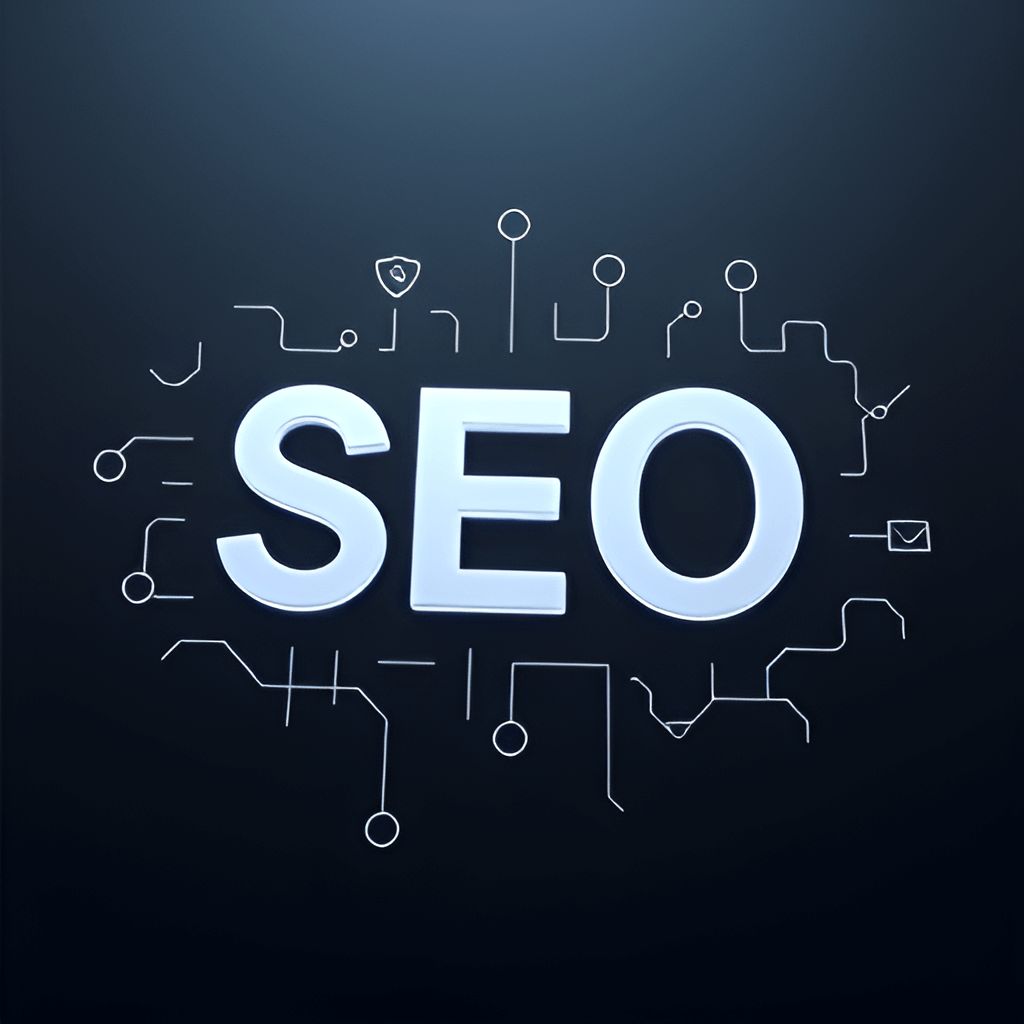
-Why is SEO important?
Higher rankings mean more users will see your website in search results, increasing brand awareness.
More Traffic :SEO drives unpaid, organic traffic, which is a consistent and valuable source of website visitors.
-What does SEO stand for in marketing
SEO stands for search engine optimization. It is a measurable, repeatable process used to send signals to search engines that your pages are worth ranking in organic search results.
-Local SEO
local seo is becoming increasingly important as more people use their mobiles and voice devices like Alexa to find local businesses or services in a particular location. .
According to Statista, mobile devices generated 58% of global website traffic while 58% of consumers between 25-34 years of age use voice search daily with 16% searching for local “near me”.
STAT: 91% of consumers say local branch reviews impact the perception of big brands – BrightLocal
What are the objectives of SEO?
If your business does not have a website, there is a high chance that you could be missing out on all the benefits that ranking on search engines can offer your business.
How to Become an SEO Specialist
Now that you know what SEO is and how to use it, would you like a career in the area? If the answer is yes, then you’re in luck. Not only is it a skill that’s in high demand by companies across industries but you can also make a healthy living from it.
Conductor’s The State of SEO in 2025 report found that 91% of marketers reported that SEO positively impacted website performance and marketing goals.
- The Role of SEO in Digital Marketing
SEO is crucial because it helps your business:
Increase Visibility and Organic Traffic: The higher your website ranks on a Search Engine Results Page (SERP), the more likely users are to see and click on it. The ultimate goal is to appear on the first page, as the top organic results receive a vast majority of the clicks.
Build Credibility and Trust: Users generally perceive websites that rank highly on search engines as more authoritative, trustworthy, and credible. Consistent high rankings help build your brand’s authority in your industry.
Target Quality Leads: SEO focuses on optimizing your content for specific keywords that your target audience is actively searching for. This ensures that the traffic you receive is highly relevant and more likely to convert into customers.
Cost-Effective Long-Term Strategy: Unlike paid advertising (PPC), which stops driving traffic once you stop paying, organic SEO efforts provide sustainable, free traffic over the long term once the foundation is set.
Improve User Experience (UX): Many SEO best practices—like improving site speed, ensuring mobile-friendliness, and creating easy navigation—directly contribute to a better experience for the visitor. Search engines prioritize sites that offer a good UX.
How do search engines work?
A: Search engines operate in three main steps:
Crawling: Search engine bots (like Googlebot) follow links to discover new and updated content.
Indexing: The search engine processes and stores the content and information discovered during crawling in a massive database, called the index.
Ranking: When a user enters a query, the search engine retrieves relevant pages from the index and orders them based on hundreds of ranking factors to provide the best possible results on the SERP (Search Engine Results Page).
What are the three main types of SEO?
On-Page SEO: Optimizing elements on your website (content, keywords, title tags, internal links, image alt text, etc.) to improve relevance.
Off-Page SEO: Optimizing factors outside your website (backlinks, social media engagement, brand mentions) to improve authority and trust.
Technical SEO: Optimizing the technical aspects of your website (site speed, crawlability, mobile-friendliness, site structure, secure HTTPS) to ensure search engines can effectively crawl and index your site.
What is a keyword in SEO?
A: A keyword is the term or phrase that a user types into a search engine to find information. In SEO, it’s the target term you use in your content to attract relevant search traffic.
What is the difference between a Head Term and a Long-Tail Keyword?
Head Terms: Short, general, high-volume keywords (e.g., “running shoes”). They are highly competitive.
Long-Tail Keywords: Longer, more specific phrases, usually with lower search volume but higher conversion intent (e.g., “best carbon plate running shoes for marathons”). They are less competitive and often easier to rank for.
Primary Goal of SEO
The core objective of SEO is to improve a website’s visibility in the organic (unpaid) search engine results pages (SERPs). By achieving higher rankings for keywords relevant to their business or content, a website can:
Increase Quality Traffic: Attract more visitors who are actively searching for the specific information, product, or service the website offers.
Build Authority and Trust: High rankings on major search engines position a website as a credible, authoritative source of information.
Drive Business Goals: Convert the increased, targeted traffic into conversions, sales, or other desired actions.
What is domain authority(DA)?
A:DA is a ranking score (0–100) developed by Moz that predicts how likely a website is to rank in search results. The higher the score, the stronger the site’s authority.
The difference between do-follow and no-follow links?
A:Do-follow: Passes link equity to the target website.
No-follow: Doesn’t pass authority; used for untrusted or paid links.
What is a meta description?
A:A meta description is a short summary (about 155–160 characters) of a webpage’s content shown in search results. A well-written meta description improves click-through rates.